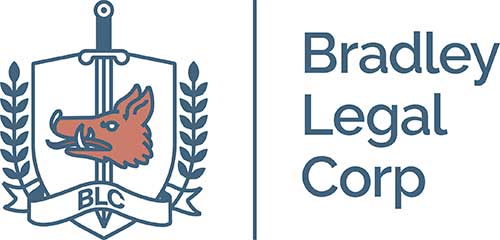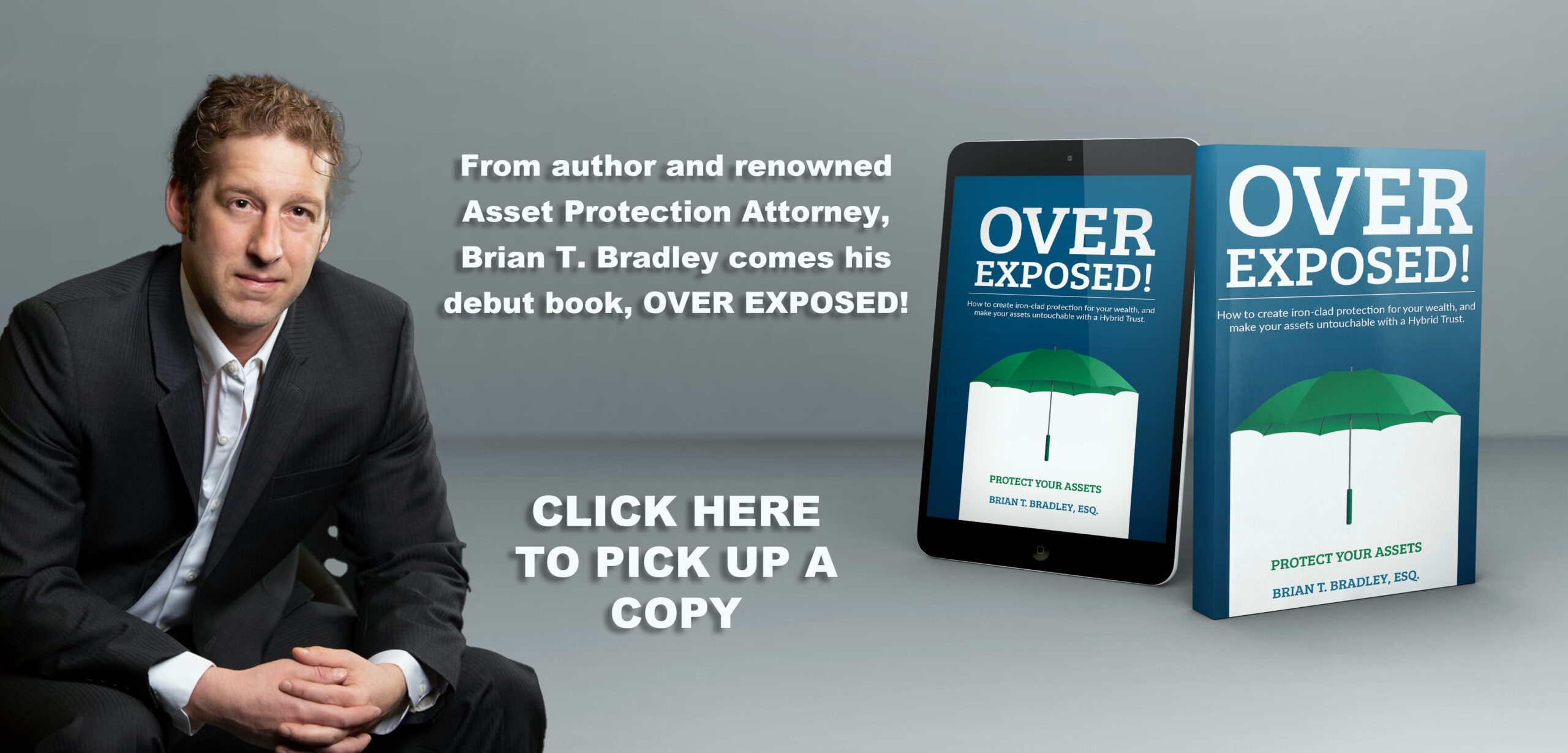ASSET PROTECTION ISSUE:
What happens if the Planning works, but the facts are very bad?
CASE SUMMARY:
Mrs. Solow, set up an offshore asset protection trust in 2010 shortly after receiving notification that her husband, Mr. Solow received notice of a significant judgement against himself by the SEC related to his separate business activities. She funded the Trust with her home worth $6 million which was located in Florida and held in Tenancy By the Entirety (TBE) with her husband.
TBE is a very strong form of asset protection itself in that it insulates 100% of the assets from the creditors of just one of the spouses, which was the case here. Additionally, Florida has an unlimited homestead exemption under the FL Constitution, and as such the home was already protected as is.
Nevertheless, the TBE can be severed by death or divorce, and Mrs. Solow was concerned that should she die, the home would pass directly to her husband, and would be left unprotected. Her primary and stated concern was to ensure that the home passed to her children. Therefore she set up the offshore trust, transferred the home, and then proceeded to mortgage the house and transfer the assets to the offshore Trustee. She additionally transferred a corporation owning a condominium to the Trust, using the same equity stripping, as well as cash accounts.
TRIAL RESULT:
The SEC argued that Mr. Solow was guilty of a fraudulent conveyance due to Mrs. Solow’s actions. The primary argument made by Mrs. Solow’s attorneys what that the home and other assets were already protected and therefore it could not and did not change its character as to its collectability by the SEC, and thus his consent to any transfers was irrelevant.
The court concluded otherwise and ordered Mr. Solow to disgorge $3.4 Million to the court. When Mr. Solow failed to make the payment, he argued that he was unable to comply due to the assets now being held in his wife’s trust. The court found Mr. Solow in contempt stating:
“Therefore, in order to effect these transfers of assets from Mr. and Mrs. Solow’s accounts held as tenancy by entirety or real property held as tenancy by entirety, Mr. Solow would have to consent. Such self-created penury does not exempt Mr. Solow from being held in contempt by this court.“
LINK TO CASE DOCKET: https://www.sec.gov/litigation/litreleases/2010/lr21382.htm
ASSET PROTECTION SUMMARY:
There is a huge irony in this case. Had the Solow’s done nothing, certain of the assets held by TBE would would have assuredly been exempted from the claims of the SEC. Likely the home, which was the biggest asset, would have been exempt. The condo and cash accounts may have still been clawed back, but even then as TBE assets there would have been a strong argument that all of the TBE assets where exempted.
However, the “flurry of financial activity” just days after the SEC judgement, clearly colored all of the assets. Also it must be considered that the creditor was the Securities and Exchange Commission (SEC) which, along with the IRS, the FTC and other governmental bodies, is really a “Super-Creditor”.
This is a case in which the timing of the planning was so poor, the actions of the defendant so unsympathetic, and the creditor so large, it would have been better in my opinion to simply rely on the TBE for protection of the wife’s assets.
Again, not without some irony, the planning appears to have worked as the creditors have not been successful in reaching the assets of the trust. This may be small comfort to Mr. Solow in his current troubles. Or then it again it may not.
TAKE AWAY:
When you see any one or more of the following facts, think carefully before engaging in planning:
- The Client is coming in clearly “after the fact”
- The Creditor is a Super Creditor
- The Client is very unsympathetic and looks like a “bad guy”
While the planning may work, it may also have unintended consequences, including dragging you as the planner into the mix. There are times to simply pass, and encourage the prospective client to do the same.


Recent Comments